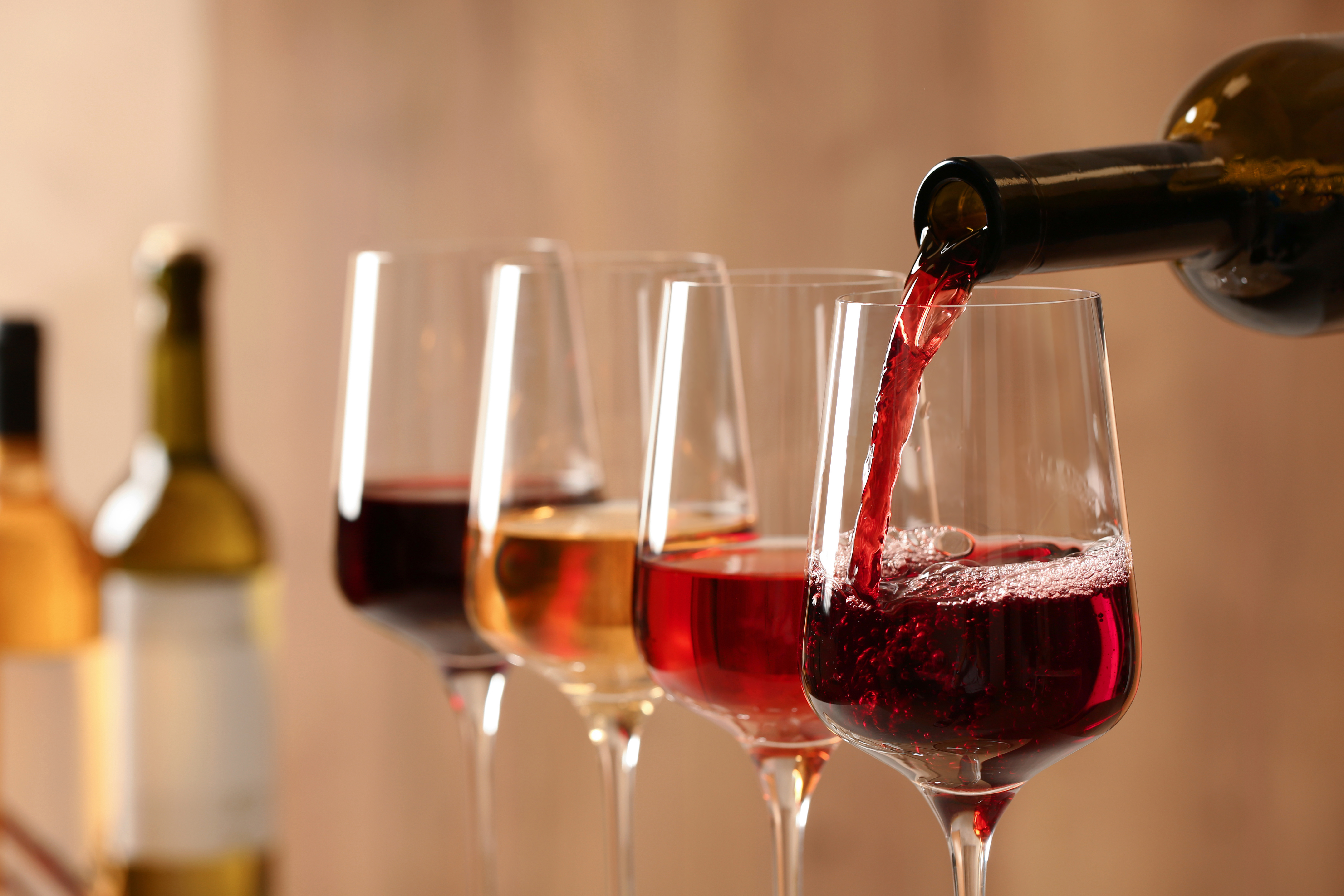There’s undoubtedly a fine art to pricing wine. It’s not an easy task in the slightest, and it’s also the key ‘make or break’ point for the long-term success of a wine list (and in some major cases, an entire establishment). There are horror stories about this or that restaurant or bar that couldn’t sell enough wine to stay in business. Suffice it to say, that’s not a list of names you want to be on. Pricing wine is undoubtedly a skilled balancing act: if your wine is priced too high, no one is going to bite, but if the price is too low, your margins won’t allow for the success of your operation. Given all of that, take a look at this outline that goes over a few key parts of establishing and pricing a profitable, customer-friendly wine list.
Looking to maximize wine prices? Download Provi's Pricing Calculator.

Pricing Wine All Starts with Your Brand
To properly determine your ideal wine prices, the first step is developing a big-picture strategy. This overall strategy is going to be determined by a varied and vast amount of factors. Most primarily, though: brand, reputation and image. Herein lies the benefits of building a strong brand (but that’s an article for another day). For example: if you run a fast-casual sort of establishment, it’s going to be very difficult to command premium prices for wine, whether that be glass or bottle. On the other end of the spectrum, if you want to offer high-quality wines at premium prices, you’re going to lose some flexibility. Specifically, by charging that higher price, you’re going to give up a significant piece of your potential clientele base.
By the Glass or By the Bottle? Go for Both.
In addition to brand and image, you need to consider your split between bottle and by-the-glass options. In general, wines that are available by the glass should really be top sellers. You should select by-the-glass wines as varieties that you are very confident about selling. For example, Cabernet Sauvignons or Chardonnays are both very friendly towards by-the-glass options, given how popular they are.
That generally is an acceptable and profitable strategy for neighborhood and fast-casual restaurants. But, if you’re operating in a high-end environment, there is likely a strong focus on food and wine pairings. You can’t simply offer a Chardonnay as your by-the-glass wine. Customers will expect a variety of white wines, in the interest of finding a match for their cuisine. Keep this in mind when determining how to construct and strategize your wine menu—each establishment is going to require something different.
The Dollars & Cents of Pricing the Wines
Starting with 200-300 percent over retail is a generally accepted markup standard for wine in restaurants. If a wine retails for $20, you should look to price it somewhere in the $60-$80 neighborhood. For rare, vintage, or otherwise specialty wine options, markups can be significantly higher (into the 400-500% range). This baseline approach to pricing wine is a universally profitable model for most establishments.
When talking by the glass, there are similar industry-accepted standards for pricing strategy. The most basic strategy is to simply price the glass of wine according to the wholesale cost of the bottle. If you paid $15 for a bottle of wine, you should be pricing that wine by the glass at that same $15. This is a handy, simple way to ensure profits in your per-glass wine pricing.
Another useful pricing strategy is to use a per-pour rate. For a standard 750 ml bottle of wine, most restaurants will pour 4-6 glasses. Simply divide the entire bottle price by the number of glasses for a reasonable per-glass price. It requires a little calculation but can be useful, especially when dealing with specialty and vintage wines.
Generally, these two methods will arrive at the same price for a glass of wine. The problem arises, though, when you don’t sell an entire bottle of wine by the glass. Wine doesn’t have the greatest shelf life after being opened. It may be drinkable, sure, but certainly not worth serving in a restaurant setting. The result of opening and not finishing wine bottles is going to be… you guessed it, waste.
Given this, the second method of pricing has its advantages. If you’re only getting three or four pours from a bottle instead of the full six, you can easily use that pricing system to adjust your per-glass price. This point brings us to the next piece of pricing a wine menu.

How to Adjust Your Wine List Pricing
A wine list is a dynamic, living thing that needs to respond to the needs of its customers. If your bottle is not selling at its anticipated rate, it should be removed at the earliest convenience. Unfortunately, wine lists can’t generally be changed each and every day, or week, or even month. Many establishments put as long as six months in between rotations.
To solve this issue, don’t hesitate to change the price or offer specials on any given wine. While you may miss out on some profit margins, selling some wine is better than letting it sit unopened. Of course, lower prices are going to seem very enticing to customers—it just may convince them to order a wine in which they otherwise had no interest.
In addition to lowering the price of a wine, raising the price can actually have a beneficial effect as well. According to one survey, restaurant wine drinkers actually preferred higher-priced red wines. When given a list of wines between $8 and $15, drinkers strongly preferred those wines in the $11 to $15 range. This is likely because diners are looking to splurge and enjoy themselves when they go out. They aren’t interested in the same wines which they’d buy at home.
Trends Change...and So Do Prices!
Really, wine pricing isn’t a set-in-stone sort of thing. The prices of a given wine should be changing based on the needs and wants of the world around it. There’s a wealth of resources available from which to source data, and we strongly recommend doing just that when pricing wine. Wine can be one of the most profitable items on your menu, after all—when handled correctly!



Comments